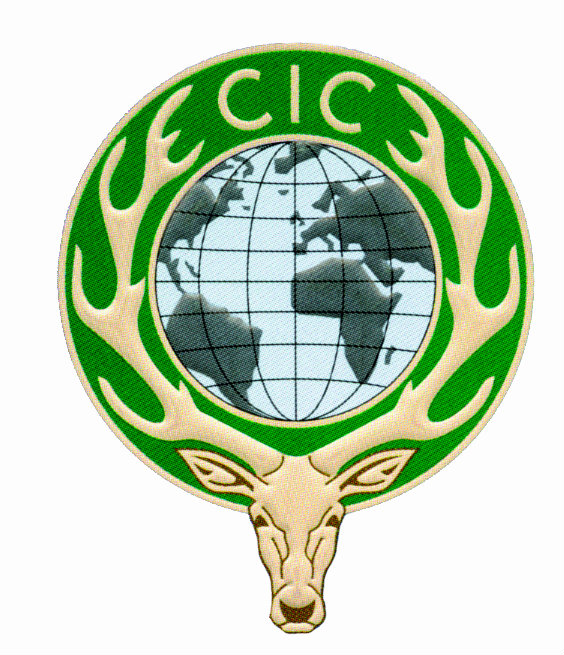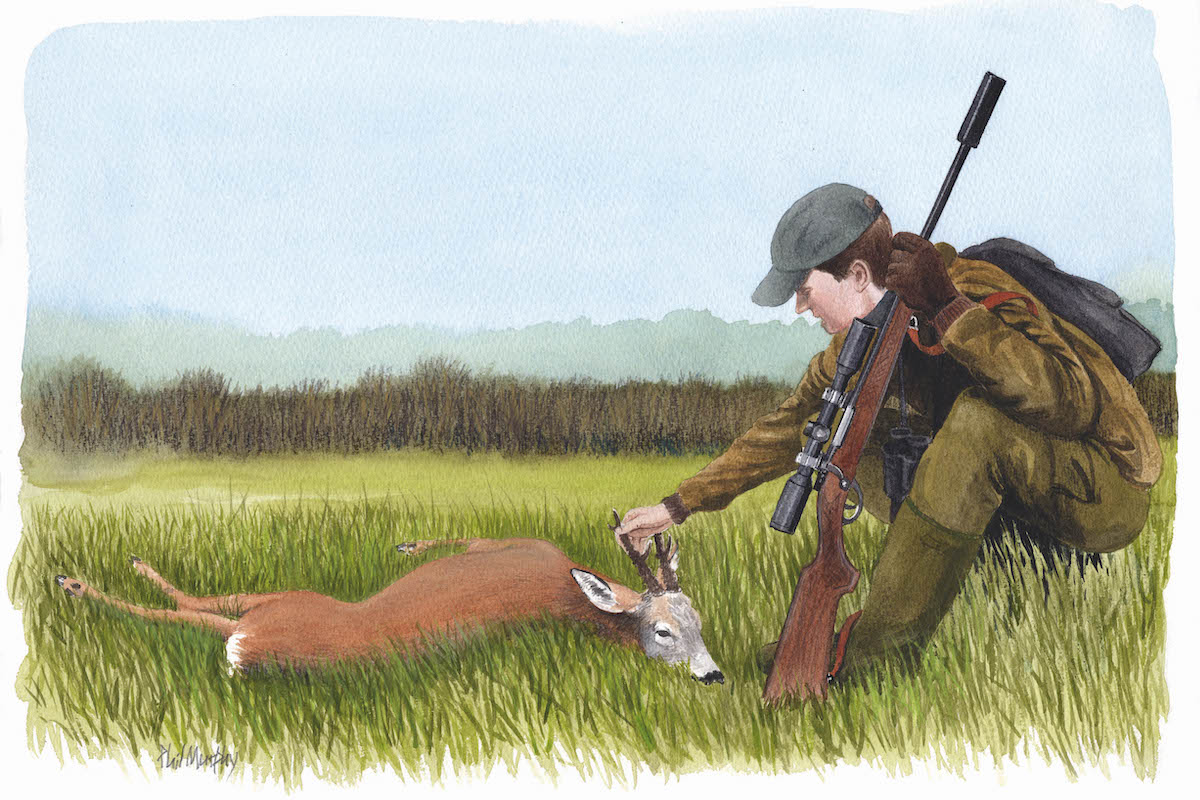English and Welsh roe review 2016
More than 150 medal heads were produced in 2016, with the North East becoming a source of quality trophies, says Tony Dalby-Welsh

One of the things that I enjoy about measuring trophies for the CIC is when a hunter, either because he’s just shot something bigger than normal or has been encouraged by a friend to have a head assessed, finds that with little understanding of the measuring process he ends up with a medal, often silver and sometimes even a gold. Their delight is obvious as invariably they have little expectation of a medal and are interested just to see how the head compares to the standard required.
What is also particularly reassuring is how often that going through the measuring process encourages in them an interest in the part that antlers play in the management of deer. I will often refer them to the trilogy of books on Ungulate Management in Europe by Rory Putman and Marco Apollonio which provides not only fascinating insights into both the natural history of deer and the issues faced by those involved in their management, but also the international nature of those issues within the species range, that are often dealt with in similar ways, affected only by cultural, economic and geographical differences. Brexit may take our country out of the EU, but wildlife seems intent on continuing to provide a common ground for their existence in the future, across the countries of Europe. We need to ensure that we take account of others’ experience.
Numbers of Roe from England and Wales measured in 2016 were similar to last year with just over 250 heads being measured of which 155 were of medal quality. Again, the quality was not quite as good as we have seen in the past and of the heads that achieved medal status, 32 were Gold medals (20%), 62 were Silver (40%) and the remaining 61 were Bronze (40%), a slight reversion to the traditional spread of heads across the medal range as we have recorded in the past.
(To view this image in a large format click here)
The lion’s share
A similar number of counties were represented in this year’s list with 23 separate counties producing heads that were awarded medals. Cornwall, Norfolk and Warwickshire produced only one each, but there was another change in the top order this year with Somerset providing the lion’s share of 26 heads, followed by Hampshire with 24, Yorkshire appearing for the first time amongst the front runners with 14. Surrey (12), Wiltshire (12), Dorset (11) and Sussex (11) were close behind. The number of heads from Yorkshire is significant, confirming the trend that we have seen developing over the last few years. Only one was a Gold medal, but with two Golds from Northumberland amongst a total of 9, the North East is developing as a source of quality Roe heads.
Quality within the Gold medal heads was well up to 2015 standards with six heads achieving more than 150 CIC points, and the largest number of Golds coming again from Somerset with 6 and then Hampshire with 5, Wiltshire 4 and Surrey and Dorset with 3 each. Gold medal quality was also reflected in the assessments of heads from Sussex, Northumberland, Oxfordshire and Buckinghamshire all of which recorded 2 Golds. With yet another relatively mild but wet winter, we look to see if the current trend is to be repeated in 2017 or is there perhaps a human dimension to this potential decline in quality, with too many stalkers vying for too few quality Roe?
The trend towards more well-formed six-pointers with excellent symmetry, which we identified last year, continues. Good examples are Gold Medal heads from Alan Mounter at 158.65 points from Yorkshire, Keith Wright 166.05 points from Dorset and Malcolm Hughes 161.28 points from Wiltshire.
Slightly less symmetrical but of medal quality are John Jones’ Gold medal at 146.78 points (PHOTO) from Somerset and Andrew Francis’ Silver medal 126.03 points (PHOTO) from Hampshire. Another nice head from stalker Tony Jeapes on the Pertwood Estate in Wiltshire produced Mrs J Giles 140.18 points (PHOTO) head to add to the fine collection of Roe from the estate over the last twenty years, proof of the pudding that good management reaps rewards.
As previously reported, and for those who use the net weight of trophies as a guide, this year’s Golds averaged out at 510grms, Silver at 435grms and Bronze at 390grms. The heaviest head was Rodger Collin’s Buckinghamshire head at 631 grms and the lightest medal head was Stefano Birri’s Bronze medal head at 356 grms
The best head of 2016 also goes to Rodger Collins; with the highest net weight and a 308cc volume this 182.55 point head is one of only a few of this size to come out of Buckinghamshire in the recent past, the closest in score being 137.75 points from 2013. Keith Wright’s head from Dorset, whilst losing only 11 grms in weight from the highest scoring head loses a hefty 54cc in volume and hence the score of 166.06 points.

(To view this table in larger format click here)
Danish hunters
It is also worth mentioning that for the first time, albeit with limited input first time around, we are able to include heads that have been shot in the UK but measured in other countries by CIC measurers. Several Danish hunters appear in the lists and we look forward to receiving data from other countries in the future.
The CIC International Trophy Evaluation Database is in full operation providing measurers with on-line recording facilities as well as the ability to download and print official measuring sheets after measuring. The database contains entries from all CIC Certified Measurers (CCMs) throughout Europe providing what will become the largest stock of records yet available to both academics and hunters and their organisations alike. This is a huge step forward and much credit goes to the staff in Budapest for their efforts.
In November last year ten potential measurers from the UK attended a two-day course in Somerset, where they undertook training run by three Senior International Trophy Judges, specifically on the eight species present in the UK, but which included the theory for measuring worldwide species contained in the CIC Handbook. After successfully completing an extended testing regime they were certified as CIC measurers and presented with their certificates and ID cards. Full details are on the Trophy Evaluation website at www.cictrophy.com and on the CIC Trophy Measuring Facebook page, as are the contact details.
In 2017, with eighteen measurers appointed to the UK Trophy Evaluation Board, the CIC will be well represented at a number of game fairs during the year, hosted at each by the National Gamekeepers Organisation, who we look forward to supporting on their stands.

(To view this table in larger format click here)









